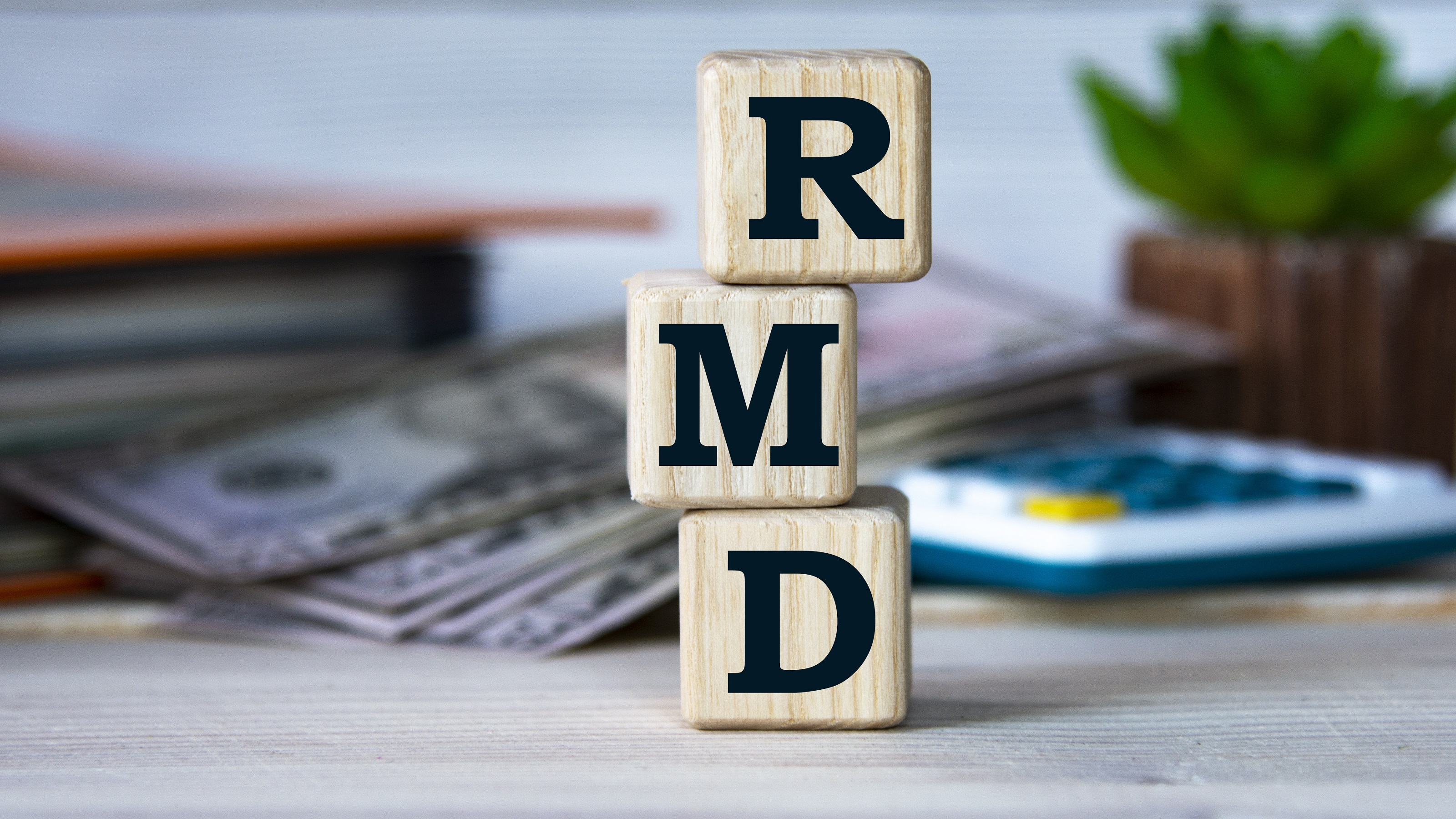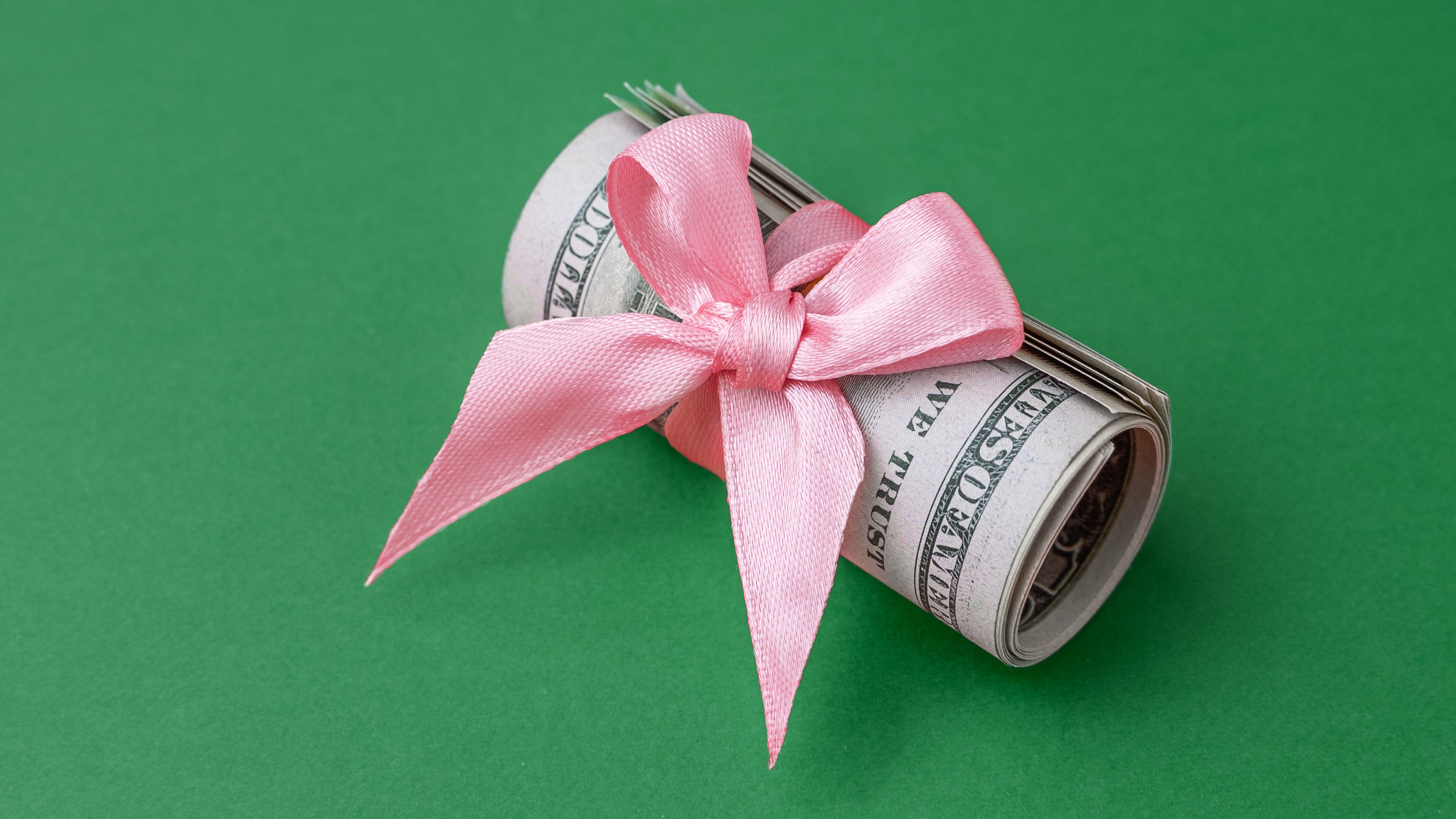What if You Don’t Need the Money From Your RMD?
New rules affect the age when you have to take your RMDs and what the penalty is if you mess up. There are also options to delay or avoid taking them.


As we approach the end of the year, there is nothing I lose more sleep over than required minimum distributions (RMDs). Early in my career, a 5-year-old beneficiary missed an RMD due to the custodian filing the wrong paperwork. The penalty at the time for missing a distribution was 50%, and the thought of telling her guardian, who had just lost his wife, that they owed money was a lot to handle.
Fortunately, the custodian recognized this mistake, helped file the proper forms and even wrote an explanation to the IRS. Crisis averted. But my FOM (fear of missing) RMDs was permanent.
The SECURE 2.0 Act reduced the harsh penalty to only 25%. So, if you miss your RMD on a $1 million IRA in your first year and don’t take corrective action, you’ll owe only about $9,000 instead of $18,000. Not good, but not as much of a biggie. In addition to the reduced penalty came new age brackets for RMDs.
From just $107.88 $24.99 for Kiplinger Personal Finance
Become a smarter, better informed investor. Subscribe from just $107.88 $24.99, plus get up to 4 Special Issues

Sign up for Kiplinger’s Free Newsletters
Profit and prosper with the best of expert advice on investing, taxes, retirement, personal finance and more - straight to your e-mail.
Profit and prosper with the best of expert advice - straight to your e-mail.
A brief history lesson: Prior to 2020, everyone had to start taking RMDs at the same age: 70½. This, in and of itself, could be confusing for anyone who was born in the second half of a year, which pushed the RMD age to Dec. 31 of the following year.
Following the SECURE Act of 2019 and the SECURE 2.0 Act, we now have age brackets similar to those for Social Security, telling you the age at which you have to take your first distribution. Those brackets are:
DOB/Birth Year | First RMD |
|---|---|
6/30/49 or earlier | 70½ |
7/1/49-12/31/50 | 72 |
1951-1959 | 73 |
1960 or later | 75 |
These brackets pertain only to RMDs for your own accounts. The rules for inherited IRAs are complex enough that I wrote a separate article about them, You’ve Just Inherited an IRA: What Do You Do Now?
Now that you know when you have to take your money, let’s talk about your options if you don’t actually need it. The RMD serves as a sort of backstop for the IRS to get “its” money. If you started your 401(k) at age 30 and are now 70, you have been kicking the tax can down the road for 40 years. IRS makes it very difficult to avoid paying at least the taxes on the distribution. Think tolls on the New Jersey Turnpike. There are a few strategies that should be driven by bigger goals to delay or avoid the RMD.
1. If you are concerned about longevity/running out of money…
If you expect to live many more years and are scared of taking money out of your accounts, you can evaluate a qualified longevity annuity contract (QLAC). With a QLAC, you are giving an insurance company some amount of money (premium) in exchange for receiving some percentage of that amount for the rest of your life. QLACs allow for up to $200,000 in premium and will allow you to defer distributions from that pot of money up until age 85.
2. If you want to keep working…
More and more people are working into their 70s and may not need the money. If you fall into this boat, the “still-working exception” allows you to defer RMDs from your current workplace plan, so long as you don’t own 5% or more of the company. While I don’t often advise this, many employer-based plans will take rollovers from IRAs. If you go this route, you can put a larger chunk of your savings into your current plan to further defer distribution.
3. If you are charitably inclined…
Beginning at age 70½, regardless of your RMD age, you are allowed to donate up to $100,000 per year from your IRA directly to charity. This money will not be counted as income on your tax return and will reduce your RMD dollar-for-dollar. This is often the most efficient way to donate for retirees, as it reduces your gross income and, thus, your Medicare premiums.
4. If you want to leave a legacy to your kids…
Best to get way out in front of this one. We often suggest partial Roth conversions from the time you retire until the time you start your RMDs. This requires paying the tax in the year you move money from a pre-tax bucket to a Roth, but allows for income-tax-free growth on any gains and eliminates the RMD for all money in Roth accounts.
Now that you’ve gotten to the end, my advice is to work backward to figure out what makes sense for you. Our clients work in this order: Life—>Plan—>Tools. In other words, if leaving a legacy is the most important thing to you, start there: To whom and when do you want to leave money? Work with a planner to draw up a plan to do that. The tool to do that may be a Roth conversion, but that should be dictated by the plan.
Related Content
- When RMDs Loom Large, QCDs Offer a Gratifying Tax Break
- Will Your Kids Inherit a Tax Bomb from You?
- Here’s a Way to Save Social Security and Defer RMDs
- One Key Rule for Understanding 2023 RMDs
- What You Need to Know About Calculating RMDs for 2023
Profit and prosper with the best of Kiplinger's advice on investing, taxes, retirement, personal finance and much more. Delivered daily. Enter your email in the box and click Sign Me Up.

After graduating from the University of Delaware and Georgetown University, I pursued a career in financial planning. At age 26, I earned my CERTIFIED FINANCIAL PLANNER™ certification. I also hold the IRS Enrolled Agent license, which allows for a unique approach to planning that can be beneficial to retirees and those selling their businesses, who are eager to minimize lifetime taxes and maximize income.
-
 I'm want to give my 3 grandkids $5K each for Christmas.
I'm want to give my 3 grandkids $5K each for Christmas.You're comfortably retired and want to give your grandkids a big Christmas check, but their parents are worried they might spend it all. We ask the pros for help.
-
 If You're Not Doing Roth Conversions, You Need to Read This
If You're Not Doing Roth Conversions, You Need to Read ThisRoth conversions and other Roth strategies can be complex, but don't dismiss these tax planning tools outright. They could really work for you and your heirs.
-
 Could Traditional Retirement Expectations Be Killing Us?
Could Traditional Retirement Expectations Be Killing Us?A retirement psychologist makes the case: A fulfilling retirement begins with a blueprint for living, rather than simply the accumulation of a large nest egg.
-
 I'm a Financial Planner: If You're Not Doing Roth Conversions, You Need to Read This
I'm a Financial Planner: If You're Not Doing Roth Conversions, You Need to Read ThisRoth conversions and other Roth strategies can be complex, but don't dismiss these tax planning tools outright. They could really work for you and your heirs.
-
 Could Traditional Retirement Expectations Be Killing Us? A Retirement Psychologist Makes the Case
Could Traditional Retirement Expectations Be Killing Us? A Retirement Psychologist Makes the CaseA retirement psychologist makes the case: A fulfilling retirement begins with a blueprint for living, rather than simply the accumulation of a large nest egg.
-
 I'm a Financial Adviser: This Is How You Can Adapt to Social Security Uncertainty
I'm a Financial Adviser: This Is How You Can Adapt to Social Security UncertaintyRather than letting the unknowns make you anxious, focus on building a flexible income strategy that can adapt to possible future Social Security changes.
-
 I'm a Financial Planner for Millionaires: Here's How to Give Your Kids Cash Gifts Without Triggering IRS Paperwork
I'm a Financial Planner for Millionaires: Here's How to Give Your Kids Cash Gifts Without Triggering IRS PaperworkMost people can gift large sums without paying tax or filing a return, especially by structuring gifts across two tax years or splitting gifts with a spouse.
-
 'Boomer Candy' Investments Might Seem Sweet, But They Can Have a Sour Aftertaste
'Boomer Candy' Investments Might Seem Sweet, But They Can Have a Sour AftertasteProducts such as index annuities, structured notes and buffered ETFs might seem appealing, but sometimes they can rob you of flexibility and trap your capital.
-
 Quick Question: Are You Planning for a 20-Year Retirement or a 30-Year Retirement?
Quick Question: Are You Planning for a 20-Year Retirement or a 30-Year Retirement?You probably should be planning for a much longer retirement than you are. To avoid running out of retirement savings, you really need to make a plan.
-
 Don't Get Caught by the Medicare Tax Torpedo: A Retirement Expert's Tips to Steer Clear
Don't Get Caught by the Medicare Tax Torpedo: A Retirement Expert's Tips to Steer ClearBetter beware, because if you go even $1 over an important income threshold, your Medicare premiums could rise exponentially due to IRMAA surcharges.
-
 I'm an Insurance Pro: Going Without Life Insurance Is Like Driving Without a Seat Belt Because You Don't Plan to Crash
I'm an Insurance Pro: Going Without Life Insurance Is Like Driving Without a Seat Belt Because You Don't Plan to CrashLife insurance is that boring-but-crucial thing you really need to get now so that your family doesn't have to launch a GoFundMe when you're gone.